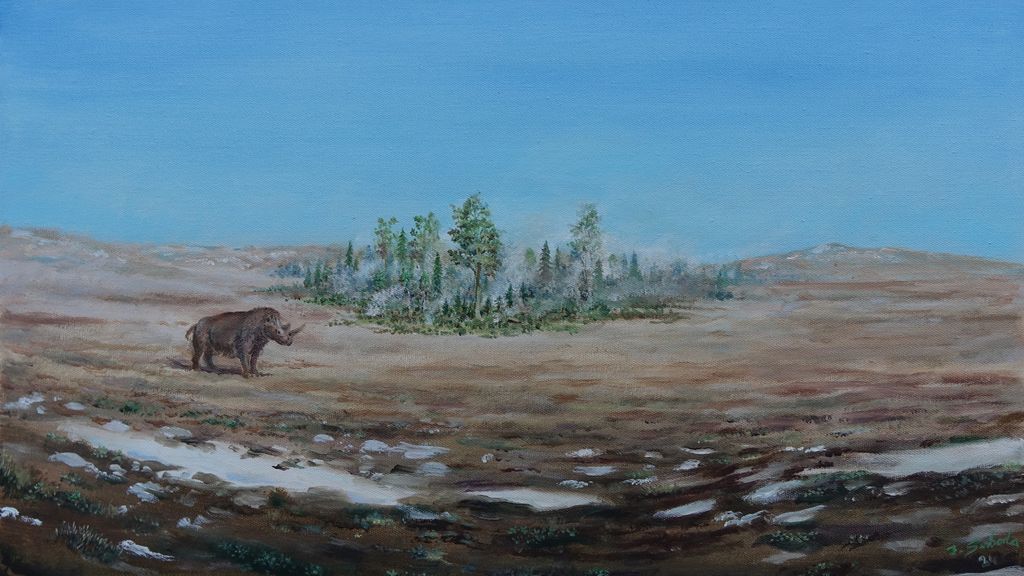Noos News•
In fact, they shouldn’t be found in Europe at all: oak, lime and ash. During the height of the last ice age, about 20,000 thousand years ago, it was too cold for these trees to survive. However, it still grows everywhere in Europe. Scientists have now discovered how this is possible.
The trees owe their survival to hot springs in Central Europe, according to new discoveries. These sources served as oases in the Ice Age, and released their heat into the environment. This allowed oak, lime and ash trees to survive and they later spread throughout Europe, Czech researchers wrote. Advancement of science.
Geologists obtained evidence of this from, among other things, fossil tree remains they found in the Vienna Basin, a plain between the Alps and the Carpathians. Using carbon dating to determine their age, they were able to determine that the trees must have lived there during the last ice age, the height of the last ice age about 20,000 to 22,000 years ago.
Dwarf birch and rock rose
They then analyzed the silicon dioxide found at that site, an important component of the Earth’s crust. From this they can conclude that there must have been drainage from a hydrothermal source there at that time. A clear indication that the trees surrounding this site may have benefited from the local warming.
In addition to traces of oak, lime and ash, researchers also found remains of alder, hazel, elm, dwarf birch, and plants such as silverweed and rock rose. So there seems to be a diverse ecosystem around the springs.
Scientists already suspect that hot springs played a role in the survival of oak and lime trees, but evidence is lacking so far. “This is the first direct evidence of the existence of a temperate ecosystem north of the Alps during the Ice Age,” says lead researcher Jan Husek of Charles University in Prague.
Researchers say such sources are not uncommon in eastern Central Europe. “There were probably many places with a similar microclimate during the last glacial maximum,” says Hosk.





